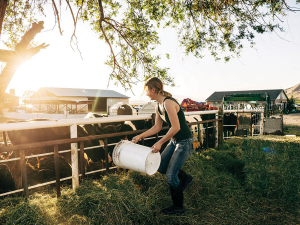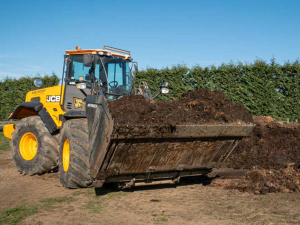Moves by the Government to raise the wage threshold for migrant workers have some farmers up in arms.
Last week, Immigration Minister Michael Wood announced that a new median wage of $29.66 per hour would be adopted into the immigration system from 27 February next year.
“The Government is focused on moving New Zealand to a higher wage economy, increasing the skill level of migrant workers, and encouraging employers to offer competitive wages and improve career pathways for New Zealanders,” Wood said.
“Updating the median wage thresholds regularly is necessary to ensure the Government is delivering on its immigration rebalance goals and that existing policy settings are maintained in line with market changes.”
However, Federated Farmers immigration spokesperson Richard McIntyre says the decision will hit everyone in the wallet.
He says the majority of new migrant farm staff are now being employed on the Accredited Employer Work Visa, which has an hourly rate of pay requirement tied to the median wage.
“Farmers are faced with paying almost $30 an hour for international staff needed to perform the basic tasks on farm,” McIntyre says.
He says all industries are struggling to find New Zealanders willing and able to do the job, but farm employers in rural areas have it tougher.
“Farmers need people in gumboots on the ground to put cups on cows and drive tractors so that they are able to focus on the more technical and management roles on farms.”
McIntyre says Federated Farmers has been working in partnership with the Ministry of Social Development to deliver the ‘Get Kiwis on Farm programme’.
He says the programme means new workers get an industry standard employment contract and the correct gear so they can work safely and comfortably on farm.
“But it’s still not enough when there are thousands of agriculture work vacancies.
“Our concern is that never-ending wage increases will add additional costs not just to farm employers but also the downstream and upstream industries that service agriculture and businesses in the wider economy, driving up input costs and reinforcing a wage-price spiral that will drive inflation even higher,” McIntyre says.
The current wage threshold will be in place until the new median wage is incorporated in February 2023.


















